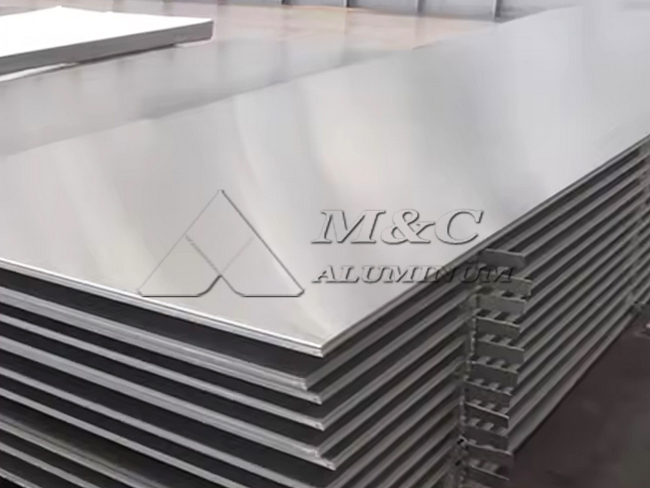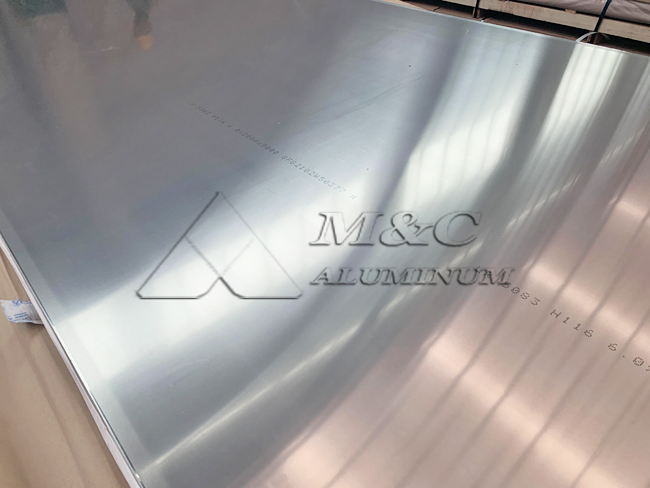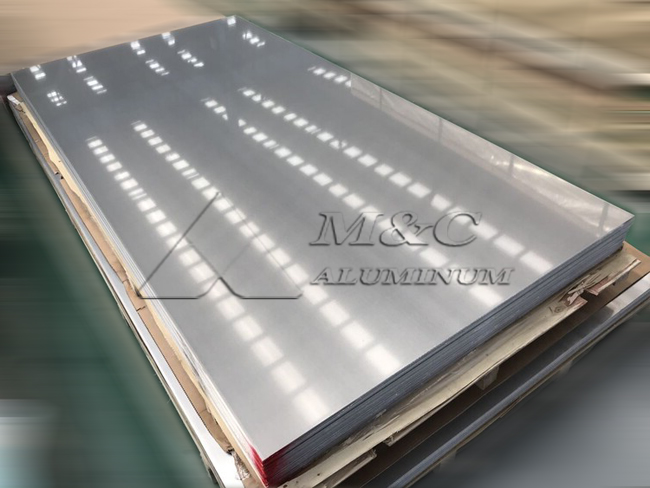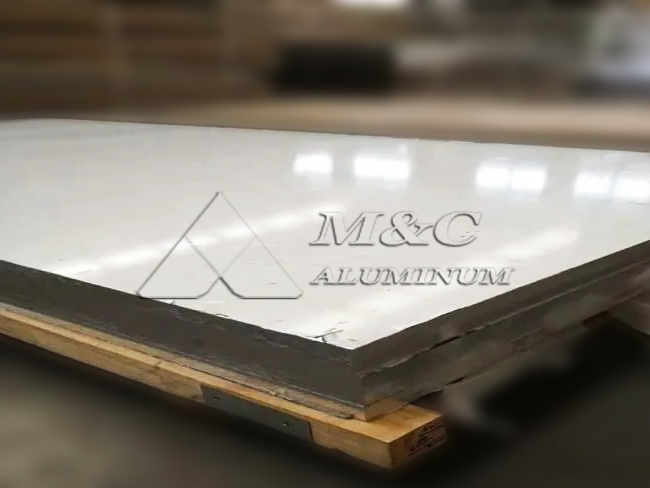As a core material for shipbuilding, the temper of 5083 aluminum plate—such as H321 and H112—directly impacts its mechanical properties, corrosion resistance, and suitable applications. These different tempers are achieved through specific processing techniques, enabling tailored performance to meet the requirements of lightweight design and harsh marine environments.
Overview of 5083 Aluminum Alloy
5083 belongs to the Al-Mg series alloy, featuring excellent seawater corrosion resistance, outstanding weldability, and medium to high strength. It is especially suited for marine environments and is widely used in manufacturing hulls, decks, bulkheads, reinforcement structures, floating docks, and offshore platforms.
5083 Aluminum Alloy Tempers
H112 Temper
Definition: The H112 temper involves 5083 aluminum that has undergone solution treatment and light strain-hardening through appropriate cold working. It reaches mechanical properties close to H321. It is commonly used in applications requiring moderate strength and corrosion resistance.
Process Characteristics: Positioned between H111 and H321 in terms of performance, H112 is suitable for 5083 plates with 4.0% magnesium content. The production process is simplified and more cost-effective, making it suitable for marine environments.
H321 Temper
Definition: H321 is a stabilized temper that involves partial cold working after solution heat treatment followed by stabilization heat treatment. This improves strength, ductility, and corrosion resistance.
Process Characteristics: Requires additional temperature-controlled processing after hot rolling to optimize grain structure. Enhances both corrosion resistance and mechanical strength. Commonly used in marine structural components.

Marine-Grade Aluminum Plate: 5083 H321 vs. 5083 H112
(1) Work Hardening Method
H321: Cold worked and then stabilized (Stabilized Temper) to reduce residual stress and improve corrosion resistance and dimensional stability.
H112: As-fabricated after hot forming, with minimal additional strengthening. Only basic straightening is applied.
(2) Performance Characteristics
a. Strength and Hardness
H321: Higher strength and hardness due to partial artificial aging. Suitable for applications requiring high strength.
H112: Lower strength and hardness, but better ductility and toughness—ideal for forming applications.
b. Corrosion Resistance
H321: Excellent corrosion resistance in marine environments, ideal for prolonged exposure to seawater or moisture.
H112: Good corrosion resistance, though slightly inferior to H321 under extreme conditions.
c. Processability
H321: Moderate formability; suitable for welding and riveting. However, processing temperatures must be controlled to avoid affecting temper stability.
H112: Excellent formability; easy to bend, stamp, and form. Well-suited for complex shapes.
(3)Application Scenarios
H321 Temper:
Suitable for structural components demanding high strength and corrosion resistance, such as hull plating, decks, and side panels.
Ideal for parts exposed to high loads or stress.
H112 Temper:
Suitable for components requiring high formability, such as interior structures, decorative elements, and piping systems.
Ideal for applications where moderate strength and complex fabrication are needed.
Summary
The H321 temper enhances strength and corrosion resistance through stabilization treatment, making it ideal for high-load marine applications. In contrast, H112 offers cost-effective, easily formable performance for non-critical structures. Selection should align with classification society certifications (e.g., CCS, ABS) and actual operating conditions.
MC Aluminum is a professional aluminum processing manufacturer, offering a full range of marine-grade aluminum plates including 5083, 5086, 5754, 5059, 5456, 6061, 6063, and 6082. In addition to aluminum plates, we provide aluminum profiles, aluminum tube fittings, FSW plates, and aluminum-steel clab plate. Our products are certified by leading classification societies such as ABS, LR, and BV.





